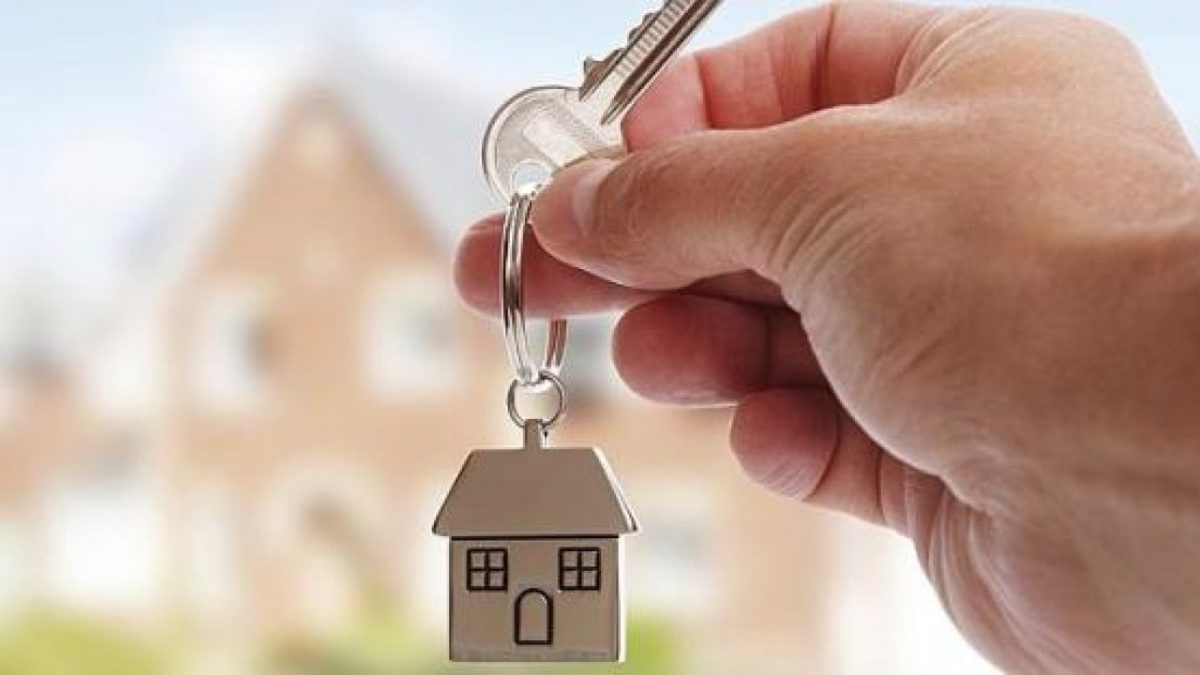We asked ourselves: What tax benefits do you exactly have by owning a house? That’s why we put together a little overview for every houseowner who wants to save tax money!
The main tax benefit of owning a house is that the imputed rental income homeowners receive is not taxed. Although that income is not taxed, homeowners still may deduct mortgage interest and property tax payments, as well as certain other expenses from their federal taxable income. Additionally, homeowners may exclude, up to a limit, the capital gain they realize from the sale of a home.
OVERVIEW
The tax code provides several benefits for people who own their homes. The main benefit is that the owners do not pay taxes on the imputed rental income from their own homes. They do not have to count the rental value of their homes as taxable income, even though that value is just as much a return on investment as are stock dividends or interest on a savings account. It is a form of income that is not taxed.
Homeowners may deduct both mortgage interest and property tax payments as well as certain other expenses from their federal income tax. In a well-functioning income tax, all income would be taxable and all costs of earning that income would be deductible. Thus, in a well-functioning income tax, there should be deductions for mortgage interest and property taxes. However, our current system does not tax the imputed rental income that homeowners receive, so the justification for giving a deduction for the costs of earning that income is not clear.
Finally, homeowners may exclude, up to a limit, the capital gain they realize from the sale of a home. All of these benefits are worth more to taxpayers in higher-income tax brackets than to those in lower brackets.
MORTGAGE INTEREST DEDUCTION
Homeowners who itemize deductions may reduce their taxable income by deducting interest paid on a home mortgage. Taxpayers who do not own their homes have no comparable ability to deduct interest paid on debt incurred to purchase goods and services.
The Tax Cuts and Jobs Act (TCJA) trimmed this important tax break for homeowners. Prior to TCJA, the deduction was limited to interest paid on up to $1 million of debt incurred to purchase or substantially rehabilitate a home. Homeowners also could deduct interest paid on up to $100,000 of home equity debt, regardless of how they used the borrowed funds. TCJA limited the deduction to interest on up to $750,000 of mortgage debt incurred after December 14, 2017, to buy or improve a first or second home. It also generally eliminated the deduction for home equity debt.
The congressional Joint Committee on Taxation (JCT) estimated that the cost of the mortgage interest deduction will shrink from $72 billion to $41 billion in fiscal year 2018, because of the lower cap on deductible mortgage interest and because other provisions of TCJA will result in many fewer taxpayers itemizing their deductions. The Urban-Brookings Tax Policy Center estimates that the share of tax units that benefit from the deduction in 2018 will shrink from 21 percent to 9 percent because of TCJA.
PROPERTY TAX DEDUCTION
Homeowners who itemize deductions may also reduce their taxable income by deducting property taxes they pay on their homes. That deduction is effectively a transfer of federal funds to jurisdictions that impose a property tax (mostly local but also some state governments), allowing them to raise property tax revenue at a lower cost to their constituents. The JCT estimated that the deduction saved millions of homeowners a total of $33 billion in income tax in fiscal year 2017. The cost of that deduction will also go down because of TCJA, as many fewer homeowners will itemize and because TCJA puts an overall cap of $10,000 on the state and local taxes that taxpayers can deduct.
EFFECT OF DEDUCTIONS AND EXCLUSIONS
The deductions and exclusions available to homeowners are worth more to taxpayers in higher tax brackets than to those in lower brackets. For example, deducting $2,000 for property taxes paid saves a taxpayer in the 37 percent top tax bracket $740, but saves a taxpayer in the 22 percent bracket only $440. Additionally, even though they only represent about 20 percent of all tax units, those with more than $100,000 in income received over 85 percent of the mortgage interest deduction tax benefits in 2017. That difference results largely from three factors: compared with lower-income homeowners, those with higher incomes face higher marginal tax rates, typically pay more mortgage interest and property tax, and are more likely to itemize deductions on their tax returns.
PROFITS FROM HOME SALES
Taxpayers who sell assets must generally pay capital gains tax on any profits made on the sale. But homeowners may exclude from taxable income up to $250,000 ($500,000 for joint filers) of capital gains on the sale of their homes if they satisfy certain criteria: they must have maintained the home as their principal residence in two out of the preceding five years, and they generally may not have claimed the capital gains exclusion for the sale of another home during the previous two years. The JCT estimated that the exclusion provision saved homeowners $32 billion in income tax in fiscal 2017.
IMPUTED RENT
Buying a home is an investment, part of the returns being the opportunity to live in the home rent free. Unlike returns from other investments, the return on homeownership—what economists call “imputed rent”—is excluded from taxable income. In contrast, landlords must count as income the rent they receive, and renters may not deduct the rent they pay. A homeowner is effectively both landlord and renter, but the tax code treats homeowners the same as renters while ignoring their simultaneous role as their own landlords. The Office of Management and Budget estimates that the exclusion of imputed rent reduced federal revenue by nearly $110 billion in fiscal year 2017.







